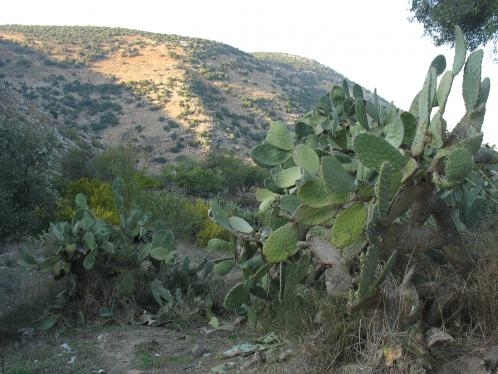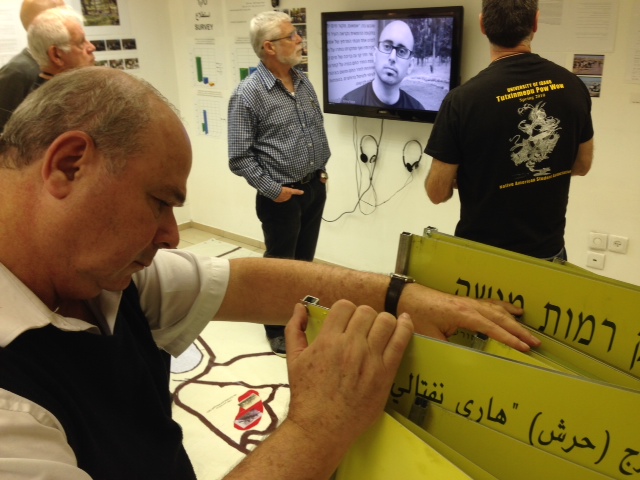Info
District: Safed
Population 1948: 160
Occupation date: 01/10/1948
Jewish settlements on village/town land before 1948: None
Jewish settlements on village/town land after 1948: None
Background:
‘Ammmuqa Before 1948
The village was situated on the southern slopes of Mount kan’an, and faced north and northeast. Its name may have been derived from the Syriac word ‘ammuqa which means “ deep” or “ low in elevation” The village was known as ‘Ammuqa during the Crusader period.
In 1596, ‘Ammuqa was a village in the nahiya of Jira (liwa’ of Safad) with a popula391. It paid taxes on a number of crops, including wheat, barley, and olives, as well as on other types of produce property, such as goats, beehives, and vineyards. In modem times, ‘Ammuqa was small enough to be classified as a hamlet in the Mandate-era Patestine Index Gazeteer. Its population was entirely Muslim.
The village was locally known for its seven springs. Its economy was based on agriculture; the villagers grew grain for the most part, although in the 1942/43 season 66 dunums were planted with olive trees. In 1944/45 a total of 1,164 dunums was allocated to cereals; 195 dunums were irrigated or used for orchards. Several ancient ruins were in the vicinity, including an archaeological site that contained stone tombs. There were also two khirbas nearby, which contained fragments of columns and stone inscriptions.
Occupation and Depopulation
‘Ammuqa fell on 24 May 1948 as a result of a Palmach attack that was part of Operation Yiftach (see Abil al-Qamh, Safad District). The villagers evacuated ‘Ammuqa as a result of the pressure of Jewish shelling, fear of being harmed if captured, and fear of being caught in the crossfire of the fighting armies.
Israeli Settlements on Village Lands
The settlement of ‘Ammuqa , founded in 1980, is 1 km southeast of the village site, on village land.
The Village Today
Nothing remains of the village but the rubble of houses; the site is overgrown with cactuses and eucalyptus, fig, and olive trees. Much of the land around the site is wooded, and some parts are cultivated by the settlement of ‘Ammuqa.
-------------------------------------
Source: al-Khalidi, Walid (ed.). All that remains: the Palestinian villages occupied and depopulated by Israel in 1948. Washington DC: 1992.



